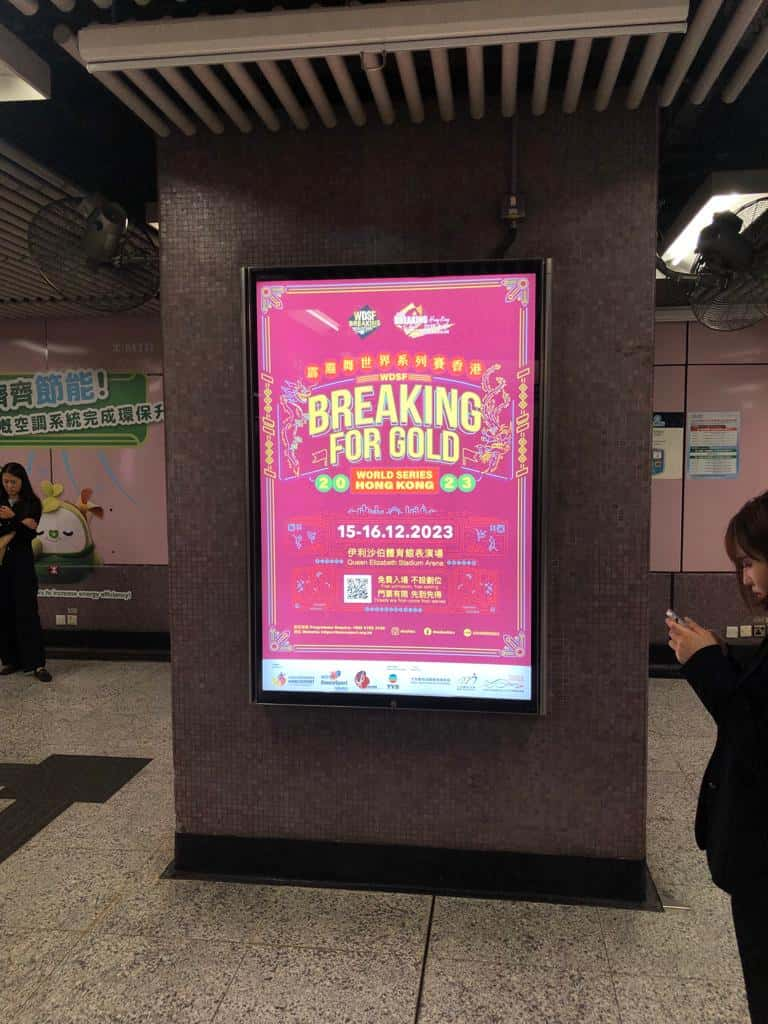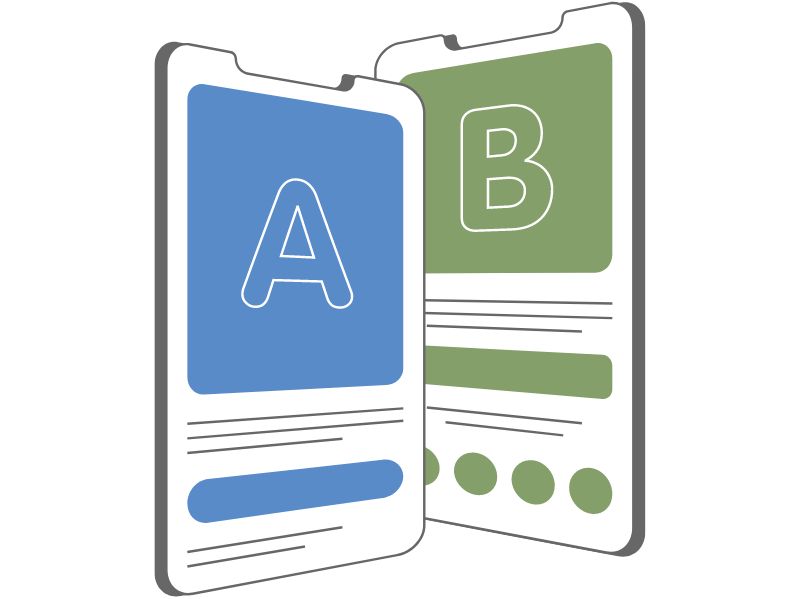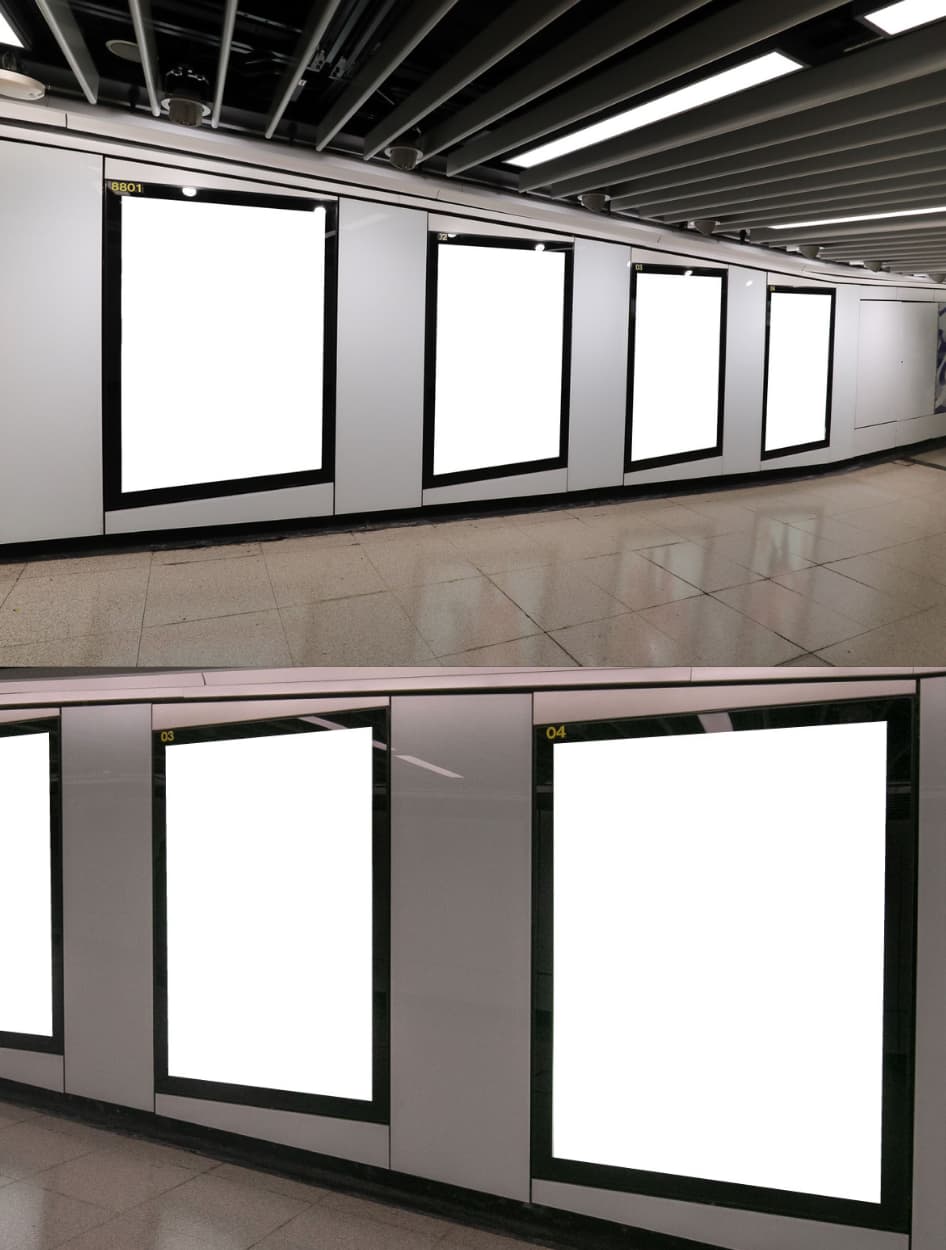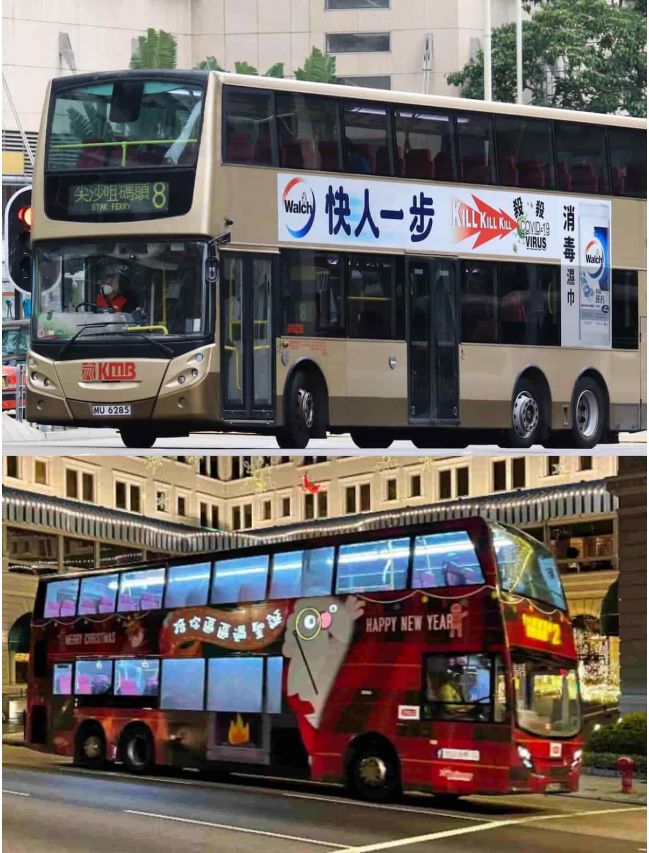Event Promotion: Effective Ways of Promoting An Event
Want to save time?
Summarize this article in seconds with AI
In Hong Kong, a successful event promotion strategy is a crucial bridge for businesses or brands to communicate with their target audience. Whether it's for a new product launch, an art exhibition, or a corporate meeting, effective event promotion strategies can significantly increase an event's visibility, participation, and ultimately, its success rate. This article will look into various event promotion strategies, definitions, and practical examples, providing a comprehensive and practical direction for businesses or individuals.
What is event promotion?
Event promotion consists of a series of communication activities aimed at increasing the awareness of the target event, attracting participants, and facilitating the achievement of the event's objectives. Effective ways of promoting an event not only capture the attention of the audience but also promote interaction between the audience and the event, creating deeper connections.
Event Promotion Techniques

- Identifying the Target Audience: First, clearly define your event's target audience. This will determine the language, channels, information, and design of your promotion. For example, if the target audience is tech enthusiasts, then promoting the event on tech blogs, social media, and relevant forums will be particularly effective.
- Social Media Event Promotion: Social Media is one of the most powerful tools for event promotion today. From Facebook and Instagram to LinkedIn, each platform has its unique audience and promotional opportunities. Regular updates on event progress, sharing behind-the-scenes stories, and creating engaging visual content are good ways to increase participation. Additionally, collaborating with influencers on social platforms can attract their audience's interest through different forms of interesting content and snippets for the event. Example - An event for Xiaomi's latest phone, the 14 Ultra:
- Creating Collaboration Opportunities: Collaborating with other brands or influencers can bring broader exposure to your event. Choose partners related to your event or with a similar target audience, and increase participation through mutually beneficial ways. See our article on brand collaborations at the Hong Kong Sevens for examples <<

Source:Adintime
- Media Placement: Don't overlook the power of traditional and digital media. TV, radio, OOH, transportation media, press and online advertising can attract different audience groups to your event. Especially in Hong Kong, local newspaper and TV stations have a particularly noticeable effect on specific event promotions.
- Content Marketing: Attract audiences by creating valuable content. Whether it's blog articles, videos, or podcasts, high-quality content can capture the audience's attention and increase awareness and interest in the event.
Also recommended:
How to promote an event?
Successful event promotion requires creative ideas, engaging content, strategic planning, and continuous adjustment. Here are further analyses of the aforementioned key elements, providing more examples and context.
1. Goals and Measurement
- Setting SMART Goals: Goals should be Specific, Measurable, Achievable, Relevant, and Time-bound. For example, "Increase followers on Instagram by 1000 three months before the event starts" is a very specific goal that is easy to track and measure. Or, having a detailed event promotion timeline so that the team can stay on track is also crucial.

Source: The MSI Group
- Key Performance Indicators (KPIs): Choosing the right KPIs to measure your progress towards your goals is crucial. In addition to participant numbers and social media interactions, other indicators like website traffic, event page views, registration conversion rates, and actual event attendance are important measurement tools.
2. Budget Planning
- Cost-Benefit Analysis: Conduct a cost-benefit analysis on the allocation of the event promotion budget to decide which channels are likely to achieve the best ROI (Return on Investment). For example, if your target audience primarily uses Facebook, allocating a larger portion of the budget to Facebook ads may be more effective than spreading it across multiple platforms.

- Resource Allocation: Consider allocating the budget to different promotional channels, including paid advertising, content creation, event sponsorships, etc. Sometimes, establishing partnerships with local communities or hosting small pre-event activities can be cost-effective yet significantly increase event visibility and participation.
3. Continuous Monitoring and Adjustment
- Real-Time Feedback Collection: Use social media monitoring tools and website analytics tools like Google Analytics to track the performance of promotional activities in real-time. These tools can provide valuable data, such as audience behaviour patterns, preferences, and how they interact with content.
- A/B Testing: Conduct A/B testing (also known as split testing) to optimize event promotion strategies. For example, use different headlines or images in social media ads to see which combination brings higher click-through rates and conversion rates. Such tests can help you better understand what content attracts your target audience, thereby improving promotional effectiveness.

- Flexible Strategy Adjustment: Promotional campaigns should be dynamic, adjusting based on market feedback and data analysis results. If a channel performs poorly, consider reallocating the budget to more effective channels. Similarly, if a promotional strategy is particularly successful, increase investment to amplify its effect.
Practical Examples of Event Promotion Strategies
- Social Media Event Promotion: A small music festival achieved increased visibility through Instagram collaborations with influencers, setting specific goals (such as increasing followers by 5,000) and measuring progress weekly. The budget was primarily allocated to influencer collaborations and Instagram ads. By continuously monitoring and adjusting, the festival surpassed its goals.
- Content Marketing: A brand focused on environmental issues attracted its target audience by creating high-quality educational videos and articles. They used Google Analytics to track website visits and viewing duration and regularly updated content to maintain audience interest. This promotion strategy not only enhanced the brand image but also successfully increased event participation.
- Email Marketing: A business forum increased its registration rate through a carefully designed email marketing campaign. By segmenting their email list and personalizing content, they could target different audience groups with the most relevant information. Continuous monitoring of email open rates and click-through rates helped them identify the most effective emails and adjust their strategy accordingly.
Conclusion
Event promotion in a fast-paced, competitive environment like Hong Kong is particularly important. Mastering the right event promotion strategies can help your event stand out among a multitude of messages, achieving the desired promotional effect. Whether through the power of social media or a combination of traditional and digital media, precise and creative promotional campaign design is key to success.
Remember, effective communication and connection start with a deep understanding of your audience. By designing attractive promotional content based on their needs and delivering it through appropriate channels, your event is already on the path to success.
 Cookie preferences
Cookie preferences












 Xiaohongshu Advertising Guide: How Can Hong Kong Brands Maximize Their Results?
Xiaohongshu Advertising Guide: How Can Hong Kong Brands Maximize Their Results?
 2x your advertising effectiveness: Master big data to optimize ad ROI
2x your advertising effectiveness: Master big data to optimize ad ROI
 Top 5 Best Ads in 2025 in Hong Kong
Top 5 Best Ads in 2025 in Hong Kong
 Hong Kong Outdoor Advertising Cost in 2026 | Adintime Report
Hong Kong Outdoor Advertising Cost in 2026 | Adintime Report
 Marketing Calendar 2026: Key Dates For Marketing Success
Marketing Calendar 2026: Key Dates For Marketing Success
 The Most Widely-Read Magazine and Newspaper in Hong Kong
The Most Widely-Read Magazine and Newspaper in Hong Kong
 Understanding YouTube Advertising Costs in 2025
Understanding YouTube Advertising Costs in 2025
 OOH /DOOH advertising in Hong Kong: Formats and Rates (2025 Update)
OOH /DOOH advertising in Hong Kong: Formats and Rates (2025 Update)
 How much does LinkedIn Advertising Cost? (2025 Update)
How much does LinkedIn Advertising Cost? (2025 Update)
 Press Ad Basics: Types, Formats and Ad Price
Press Ad Basics: Types, Formats and Ad Price